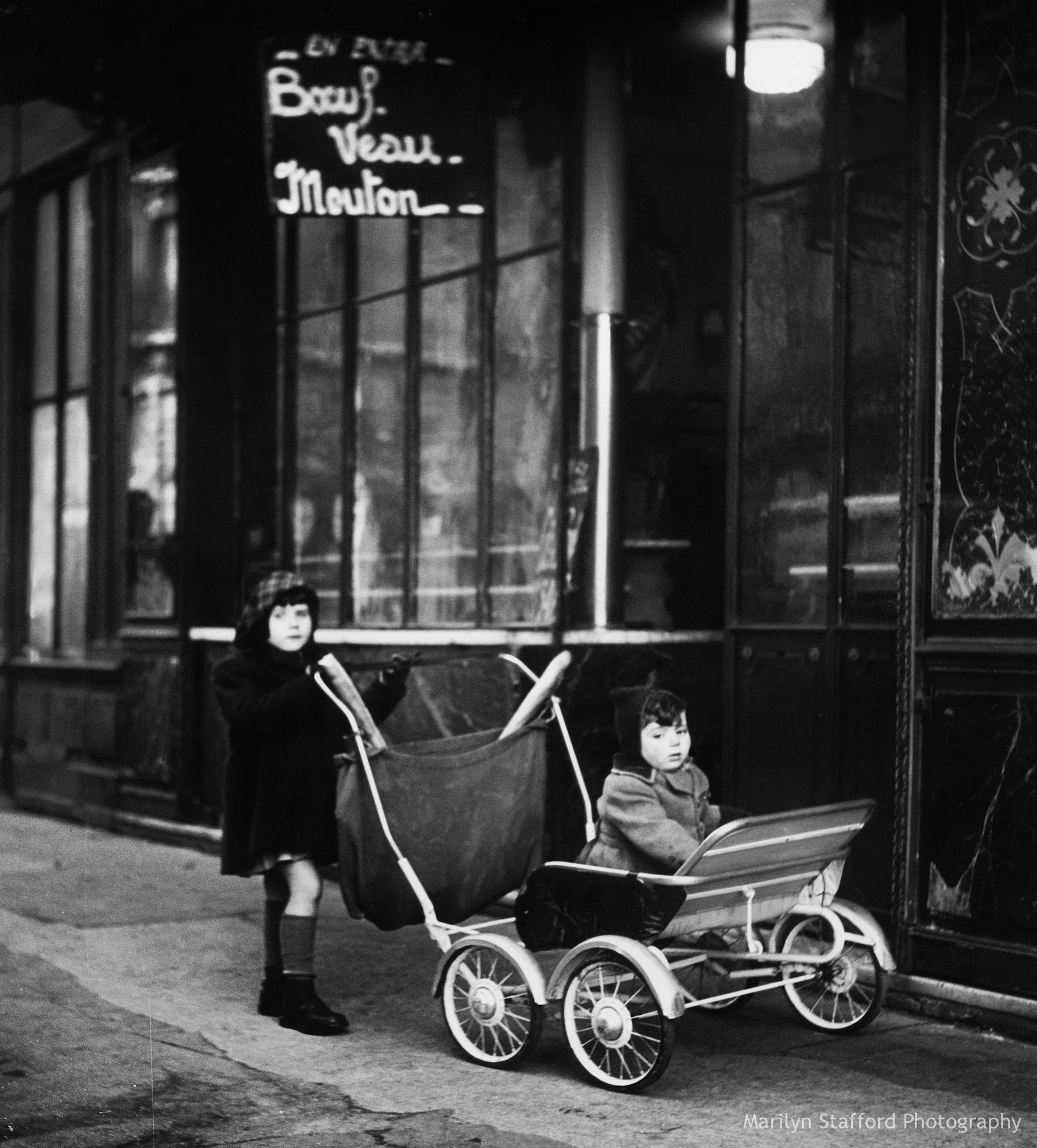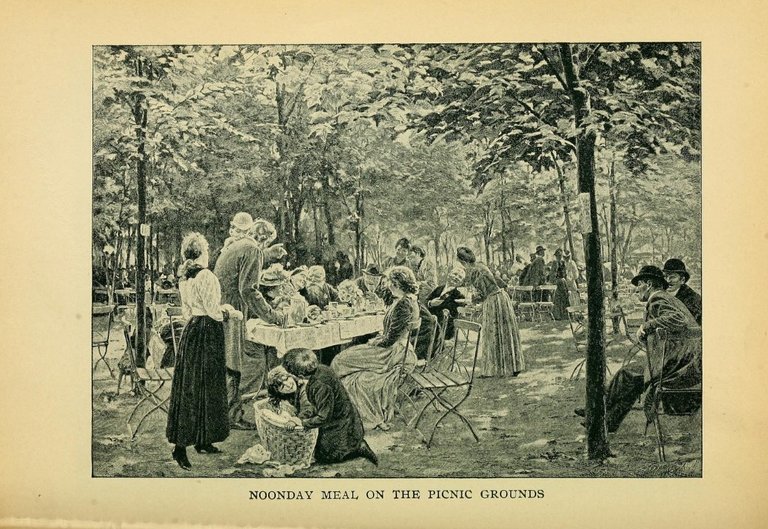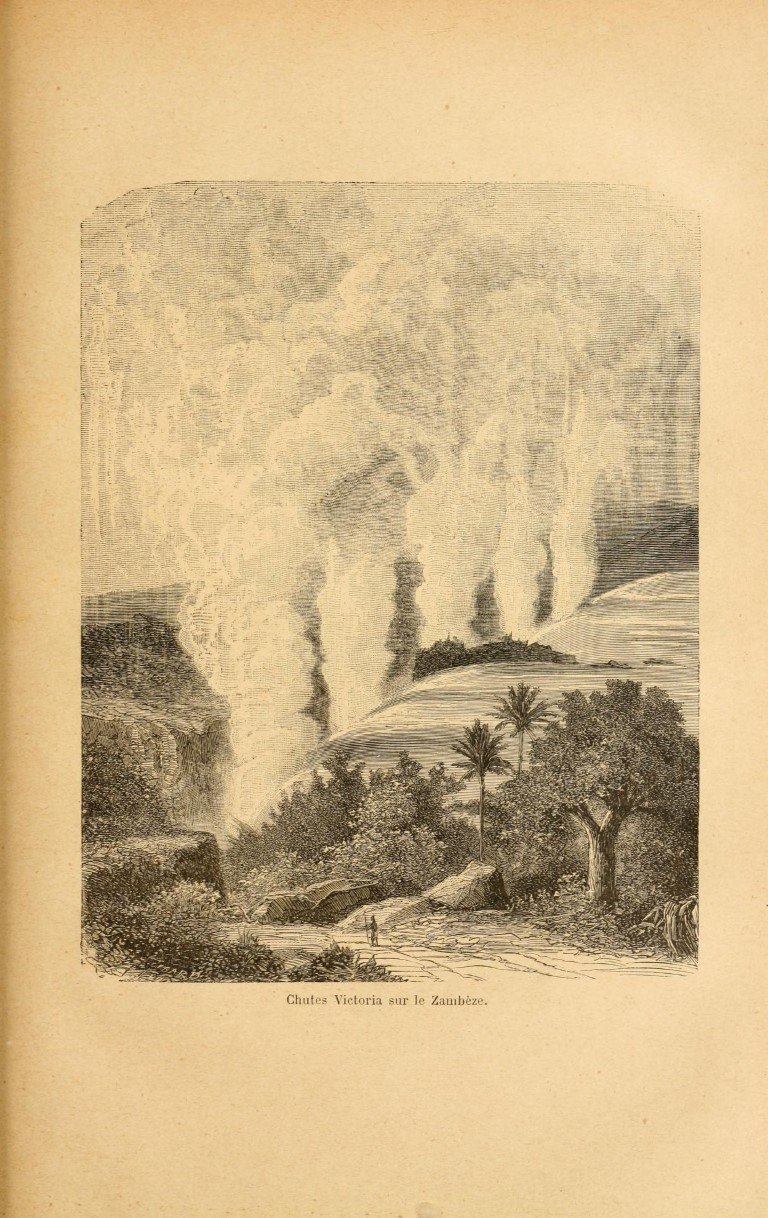Flora atlantica, sive, Historia plantarum quae in Atlante, agro Tunetano et Algeriensi crescunt * Desfontaines, René Louiche; Redouté, Henri-Joseph; Redouté, Pierre Joseph * sample image * 1798
Recueil de planches de botanique de l'encyclopedie. * Audebert, J. B.; Lamarck, Jean Baptiste Pierre Antoine de Monet de; Redoute, Henri Joseph; Seve, Jacques Eustache de; Smith, John Donnell * sample image * 1823
Flora fluminensis * Senefelder, A.; Velloso, Jose Mariano da Conceicao * sample image * 1827
Flora's Dictionary * Wirt, E. W. * sample image * 1855
Florae Austriacae, sive, Plantarum selectarum in Austriae archiducatu V1 * Gerold, Josephi Michaelis; Jacquin, Nikolaus Joseph; Kaliwoda, Leopoldi Johannis; Scheidl, Franz Anton V. * sample image * 1773
Florae Austriacae, sive, Plantarum selectarum in Austriae archiducatu V2 * Gerold, Josephi Michaelis; Jacquin, Nikolaus Joseph; Kaliwoda, Leopoldi Johannis; Scheidl, Franz Anton V. * sample image * 1773
Florae Austriacae, sive, Plantarum selectarum in Austriae archiducatu V3 * Gerold, Josephi Michaelis; Jacquin, Nikolaus Joseph; Kaliwoda, Leopoldi Johannis; Scheidl, Franz Anton V. * sample image * 1773
Florae Austriacae, sive, Plantarum selectarum in Austriae archiducatu V4 * Gerold, Josephi Michaelis; Jacquin, Nikolaus Joseph; Kaliwoda, Leopoldi Johannis; Scheidl, Franz Anton V. * sample image * 1773
Florae Austriacae, sive, Plantarum selectarum in Austriae archiducatu V5 * Gerold, Josephi Michaelis; Jacquin, Nikolaus Joseph; Kaliwoda, Leopoldi Johannis; Scheidl, Franz Anton V. * sample image * 1773
Icones plantarum rariorum V1 * Jacquin, Nicolao Josepho * sample image * 1781
Icones plantarum rariorum V2 * Jacquin, Nicolao Josepho * sample image * 1781
Oxalis - Monographia iconibus illustrata * Jacquin, Nicolao Josepho * sample image * 1794
Miscellanea Austriaca ad botanicam, chemiam, et historiam naturalem spectantia * Jacquin, Nicolaus Joseph; Freiherr von * sample image * 1778
Selectarum stirpium Americanarum historia * Jacquin, Nicolaus Joseph; Freiherr von * sample image * 1763
Nicolai Josephi Jacquin collectaneorum supplementum * Jacquin, Nicolaus Joseph; Freiherr von * sample image * 1796
Florae Senegambiae tentamen,seu, Historia plantarum in diversis Senegambiae regionibus a peregrinatoribus Perrottet et Leprieur detectarum * Guillemin, J. A.; Perrottet, G. S.; Richard, Achille * sample image * 1830
Flore d'Egypte, explanation des planches (plates) * Raffeneau-Delile, Alire * sample image * 1813
Flora Antillarum V1 * Tussac, Fr. Richard de * sample image * 1808
Flora Antillarum V2 * Tussac, Fr. Richard de * sample image * 1818
Flora Antillarum V3 * Tussac, Fr. Richard de * sample image * 1824
Flora Antillarum V4 * Tussac, Fr. Richard de * sample image * 1827























































































































































































































































































